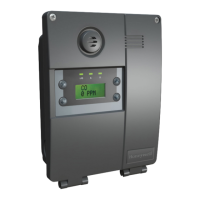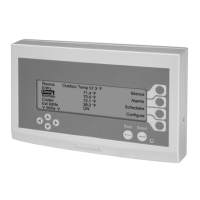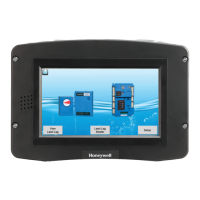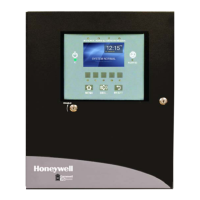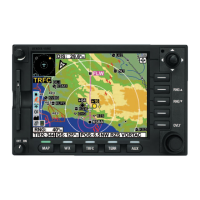2 E
3
Point Network Gas Monitor User Manual
Installation
Installation
Locating the Sensor
Since the E
3
Point units are shipped with custom network diagrams that
indicate best locations for installation, the remaining considerations are
installation height and detection objectives. If the primary application is
the fastest possible leak detection, mount the sensor near the potential
leak sources. As a result, the indicated concentration may not be
representative of personnel exposure and easy access for the required
calibration and maintenance could be compromised.
Air Currents: If there are fans, wind, or other sources of air movement,
gases may tend to rise or collect in certain areas of a facility. The
local air currents should be assessed to aid in selecting the sensor
location. Air convection can often be more important in determining gas
concentration areas than factors of Vapor Density.
Gas Emission Sources: As a rule, at least one sensor should be located
in close proximity to each point where an emission is likely to occur.
CAUTION: Because each sensor can only “report” what it is seeing
at the moment, it is very important that the sensor be located where
leaks are most likely to occur.
Installation Height
Detected Gas Relative Density Installation Height
(air = 1)
CO Carbon monoxide 0.968 1–1.5 m (3–5 ft.) from floor
H
2
S Hydrogen sulfide 1.19 30 cm (1 ft.) from floor
*NO
2
Nitrogen dioxide 1.58 (cold) 30 cm -1 m (1–3 ft.) from
ceiling
O
2
Oxygen 1.43 1–1.5 m (3–5 ft.) from floor
COMB Most combustibles are heavier than air, with the exception of
methane and hydrogen. Sensors for gases that are heavier than air
should be installed approximately 30 cm (1 foot) from the floor. For
combustibles that are lighter than air, sensors should be installed
30 cm (1 foot) from the ceiling, close to the potential leak source.
* May differ in certain applications. Hot NO
2
from exhaust systems is lighter than
ambient air.

